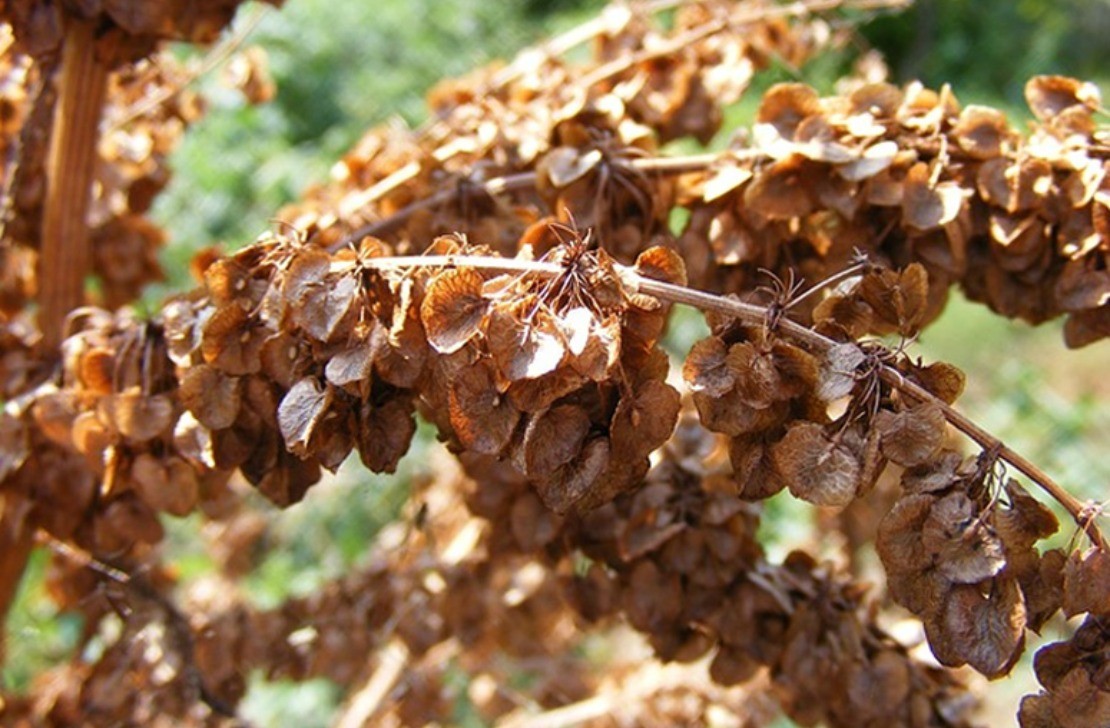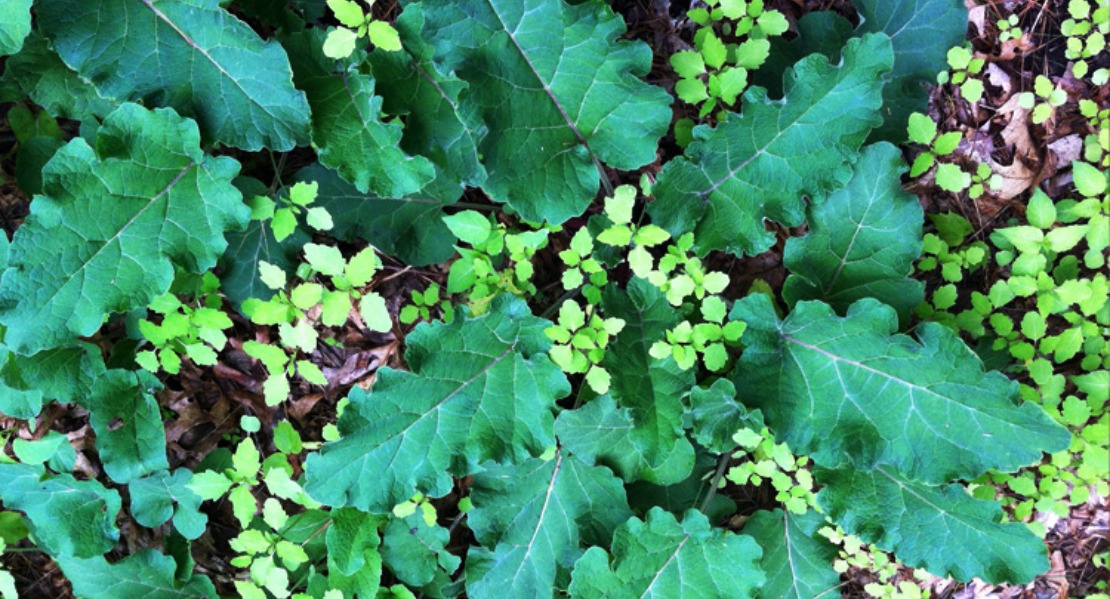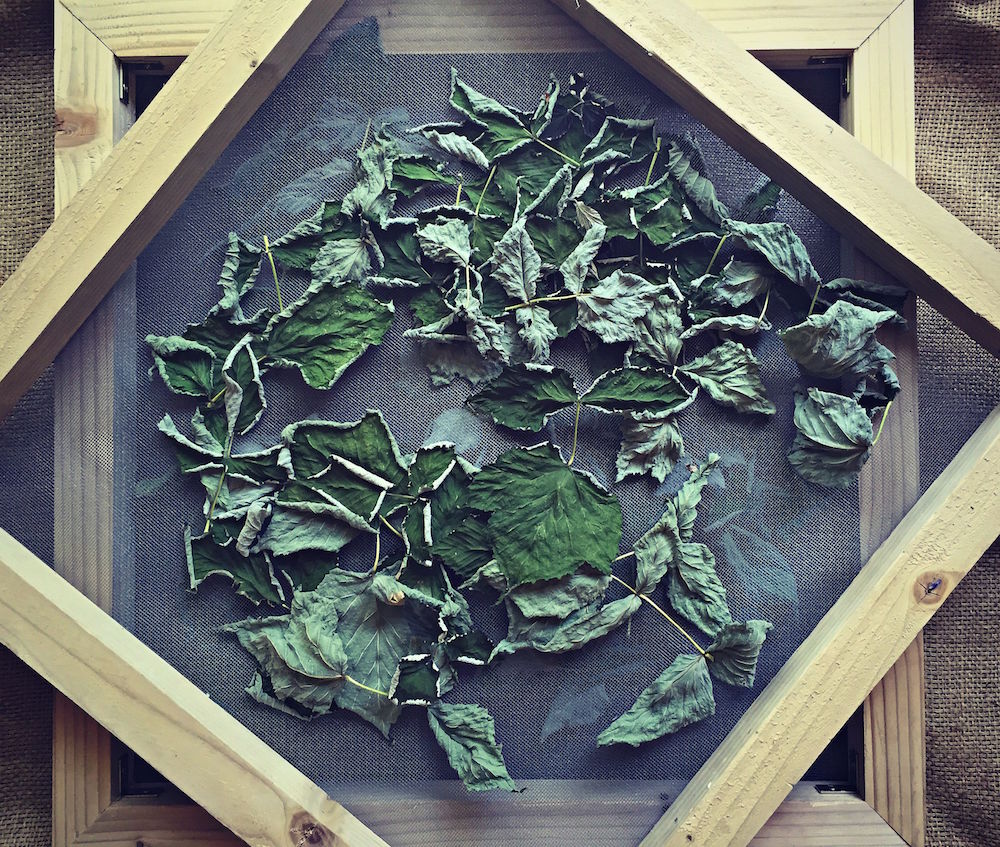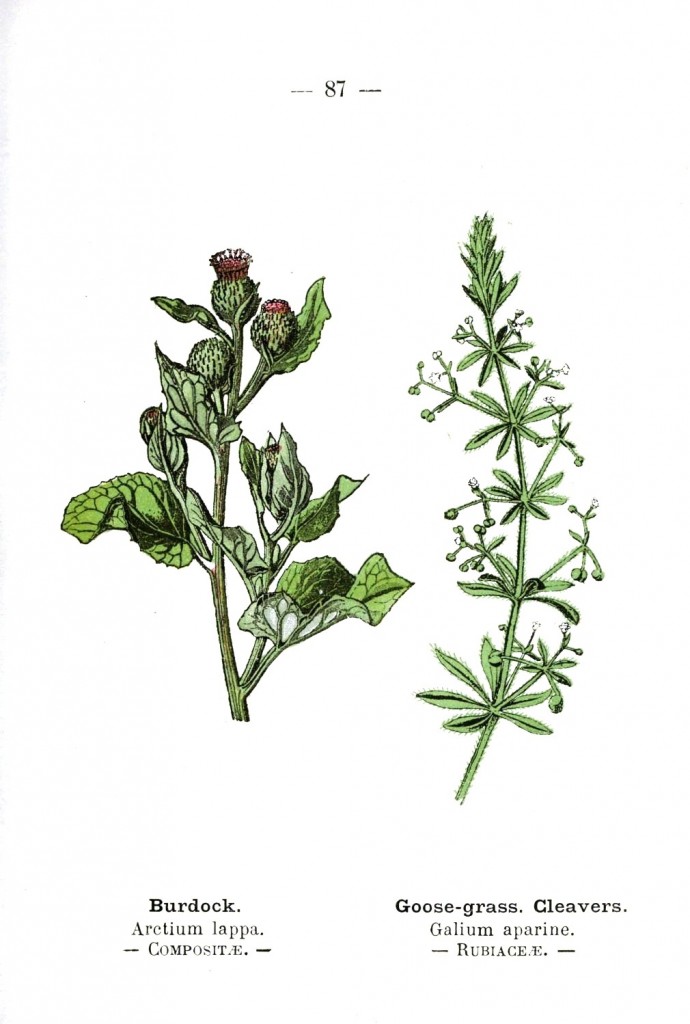
Connecting With The Season of Roots
The herbs in our gardens and the wild places around us live a year that is marked by the ritual of necessity. Each season has unique blessings and challenges for our plant allies, and learning these rhythms gives us a deeper insight into the natural world and our own health. Spring is marked with new growth, seeds sprouting, and sap rising in the trees as the days begin to get longer. Longer days mean more sunlight available for growth. Fall, as the days become shorter, is about the opposite: drawing down as the sap falls, preparing for rest, pausing, and storing up reserves for the quiet and inactivity of winter.
Harvesting Roots
Fall is the traditional time to harvest roots. Different plants are at their peak during certain times of their growing seasons. In the spring, for instance, the leaves of lemon balm have hardly any smell. By the time the plant is almost ready to bloom in midsummer, though, the leaves take on the familiar lemony smell as volatile oils are concentrated in the aerial portions of the plant. Roots also follow these trends of the season, but on a different timeline. Perennial plants often rely on their roots to survive winter, so it makes sense that they build up their store of energy in the fall. A great example of how roots change is dandelion. In the spring, the plant has sustained itself through the winter from its roots, so the roots are small and less bitter – they may even seem dry, and have almost none of their characteristic milky sap. By fall, though, the roots are much larger and have a lot of sap – the dandelion has stored up energy for winter once again.

Harvesting roots can be a little tricky. Roots often go deep into the soil to access water and nutrients available further down. They also help keep the plant firmly anchored. In order to harvest a root, you will need to dig down and around the plant to carefully loosen the soil. Once the soil is loose, you should be able to gently pry the plant out of the soil. Most roots will not pull out of the soil easily, unless you’ve been growing your herbs in raised beds where the soil is never compacted, but gentle persistence can turn up even the most stubborn root.
You may discover that you actually have several of the same plant growing together in a clump. By working the plants out of the soil gently, you can divide and replant some of the harvest to keep growing for next year.
Drying and Storing Roots
It’s important to clean roots right after harvesting. Dirt that’s left on the surface of the root can contaminate the whole root once you begin cutting it into smaller pieces and can also become trapped in the wrinkles that form as the herb dries. Leaving dirt on the roots would transfer dirt to any herbal recipes you made with the root.
Use a soft brush and running water to scrub the roots clean. Some herbs will have thick taproots that are easy to clean, but others will have a thick clump of fleshy roots. It’s okay to break theses clumps into smaller pieces to make them easier to work with. Once they are clean, pat them dry.
Lay out your roots on a cutting board and use a sharp, clean knife to cut them into thin slices. Thin slices will dry more quickly and be less likely to mold. They will also be easier to run through a coffee grinder later if you would like to powder them. Or, you can grate the roots instead.

Drying screens make it much easier to dry roots because the air can circulate freely. If screens aren’t an option, make sure to keep the roots in a dry, well ventilated location while they are drying. Spread the roots out in a single layer on top of a baking pan lined with parchment or brown paper, and stir the roots once or twice a day while they dry. You can also use an oven to dry your roots.
Using Roots
Depending on the plant, roots can be at home in teas, syrups, salves, and other herbal recipes. A few roots that really stand out for fall and winter health include elecampane, burdock, angelica, and licorice, but there are many other roots that find their way into homes this time of year.
Elecampane (Inula helenium)
A member of the sunflower family, elecampane has a spicy, fragrant root that is a wonderfully tonic herb for lung health.

Burdock (Arctium lappa)
A nourishing and cleansing root that is also a digestive bitter, burdock is a useful ally for skin problems and keeping our lymphatic system in good working order.
Angelica (Angelica spp)
Angelica is a useful herb for cold and flu season, and for lung formulas. A little angelica every day in the winter can help us stay warmer if we are cold-natured, but this herb is contraindicated during pregnancy and for diabetics.
Licorice (Glycyrrhiza glabra)
Soothing for sore throats, licorice is also soothing for the lungs and makes a harmonizing ingredient in respiratory formulas.
Just like bark in the spring, or flowers in the summer, roots are one of the seasonal celebrations of herbalism. Knowing the rhythms of harvesting and the events of the seasons helps us live a connection with the natural world in unique and satisfying ways.







